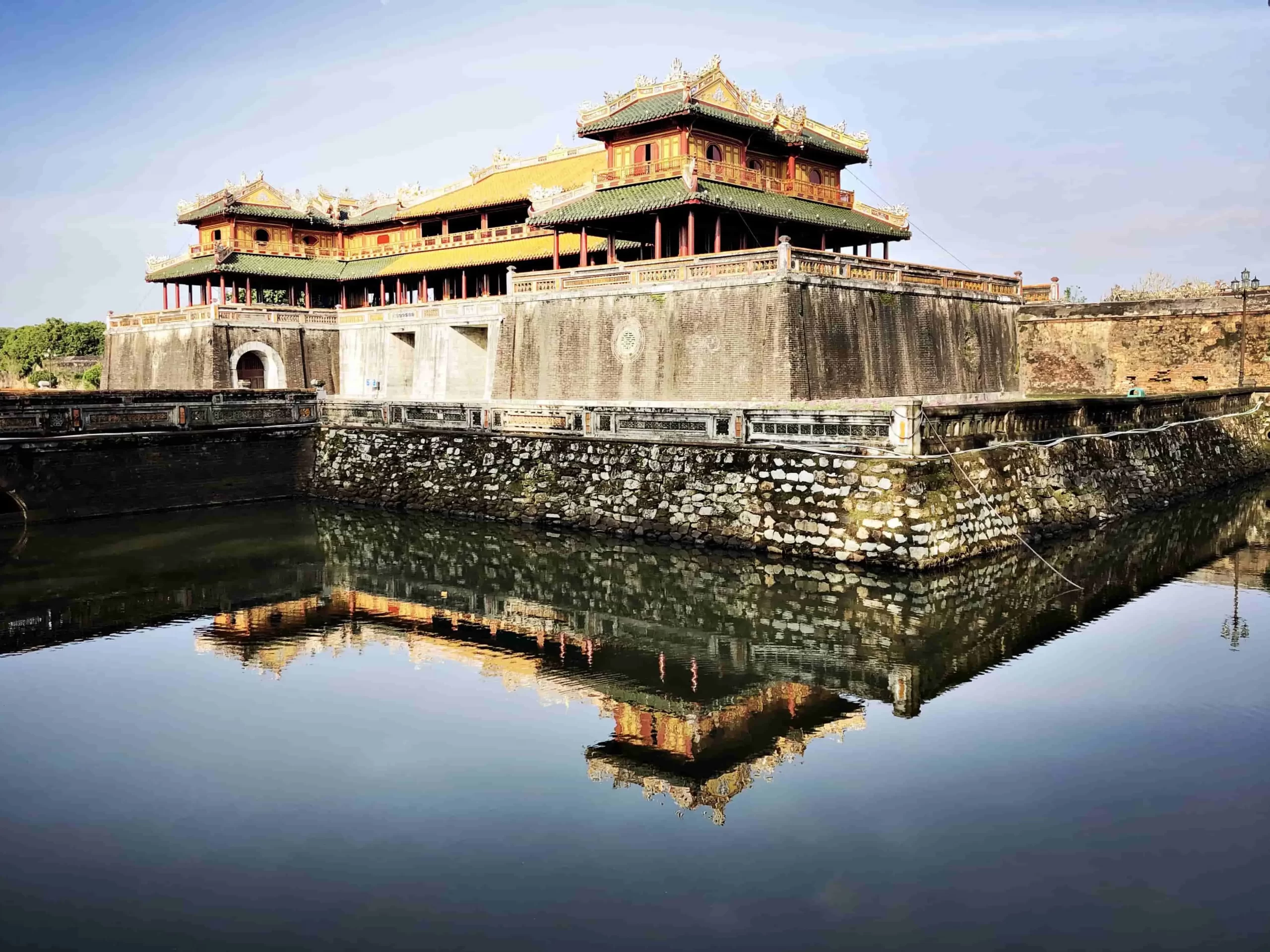Over the past 30 years, eight world heritages in Vietnam have been recognized by UNESCO which spread evenly in the northern half of Vietnam. In 1993, Hue Imperial city was the first historic site in Vietnam which was recognized by UNESCO.
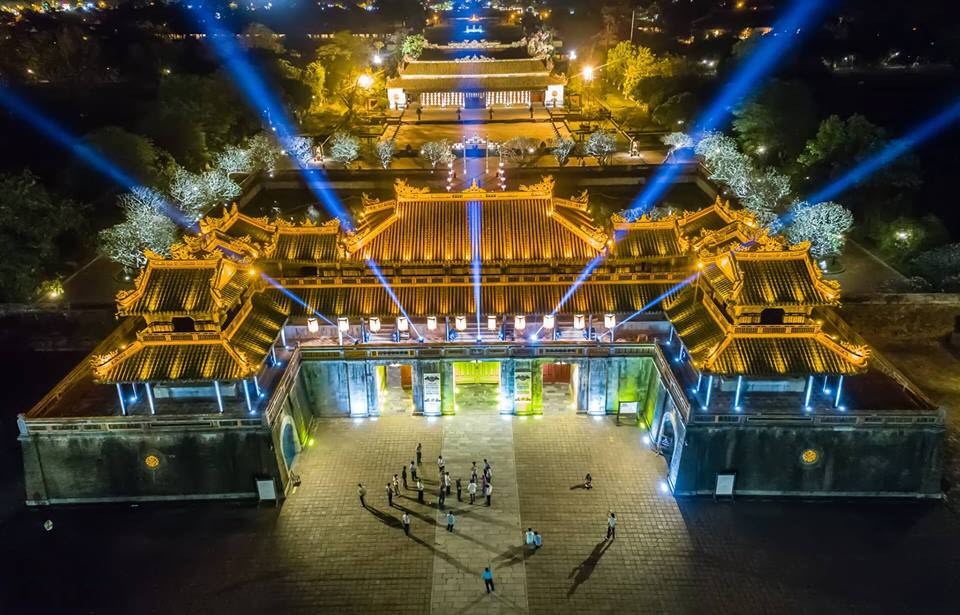
The Imperial City was build in 29 years
The Imperial City is a walled enclosure within the Citadel of the city of Hue, the former imperial capital of Vietnam from 1802 to 1945.
In June 1789 Nguyen Anh ascended the throne of a unified Vietnam and proclaimed himself Emperor Gia Long with Hue, the ancestral seat of the Nguyen Lords as the capital. Geomancers were consulted as to the propitious location site for the new city which started to be constructed in 1804 and comleted in 1833. For more information about Nguyen Dynasty, please click here
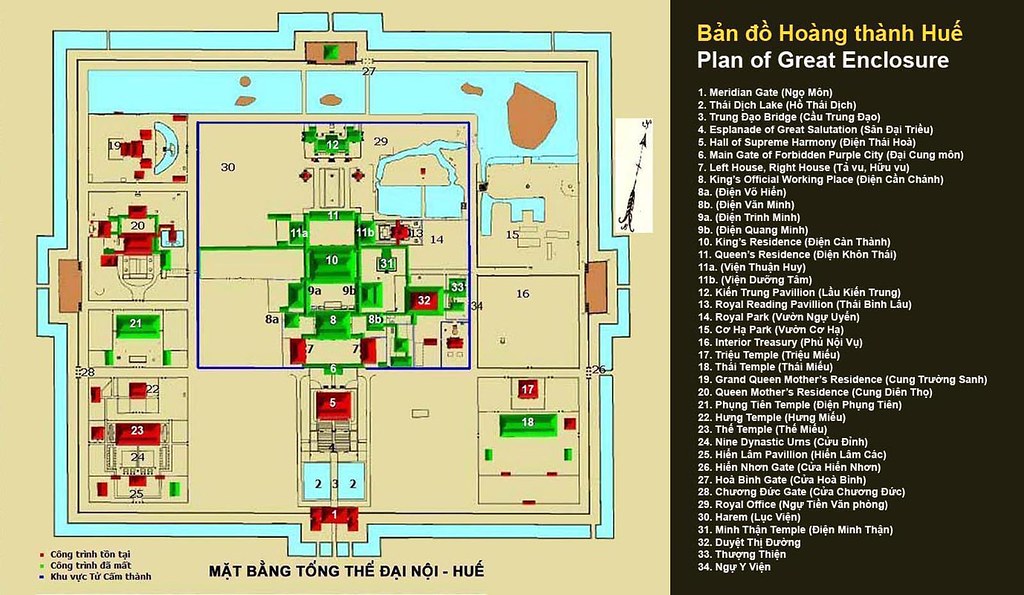
The architecture of Hue Imperial City
The Imperial City was oriented to face the Perfume River to the southeast. The Imperial City has a square ground that were surrounded by 4 brick walls. The walls are 600m long, 4m high, 1m thick, surrounded by protective trenches, with 4 gates to access: The main (southern) gate is Ngo Mon, the eastern gate is Hien Nhon, the western gate is Chuong Duc and the northern gate is Hoa Binh.
The grounds of the Imperial City are protected by fortified ramparts 2 kilometers by 2 kilometers, and ringed by a moat. The water from the moat comes from the Perfume River that flows through Hue. This enclosure is the Citadel. Inside the citadel is the Imperial City, with a perimeter wall some 2.5 kilometers in length. Within the Imperial City is the Purple Forbidden City, a term identical to the Forbidden City in Beijing. Access to the innermost enclosure was restricted to the imperial family.
The famous constructions:
- Ngo Mon (Noon Gate)
- Điện Thai Hoa (Suppreme Harmony Palace)
- Hien Lam Cac và The Mieu (Hien Lam and The Mieu temples)
- Duyet Thi Duong (Duyet Thi Royal Theater)
- Cung Dien Tho (Dien Tho Palace)
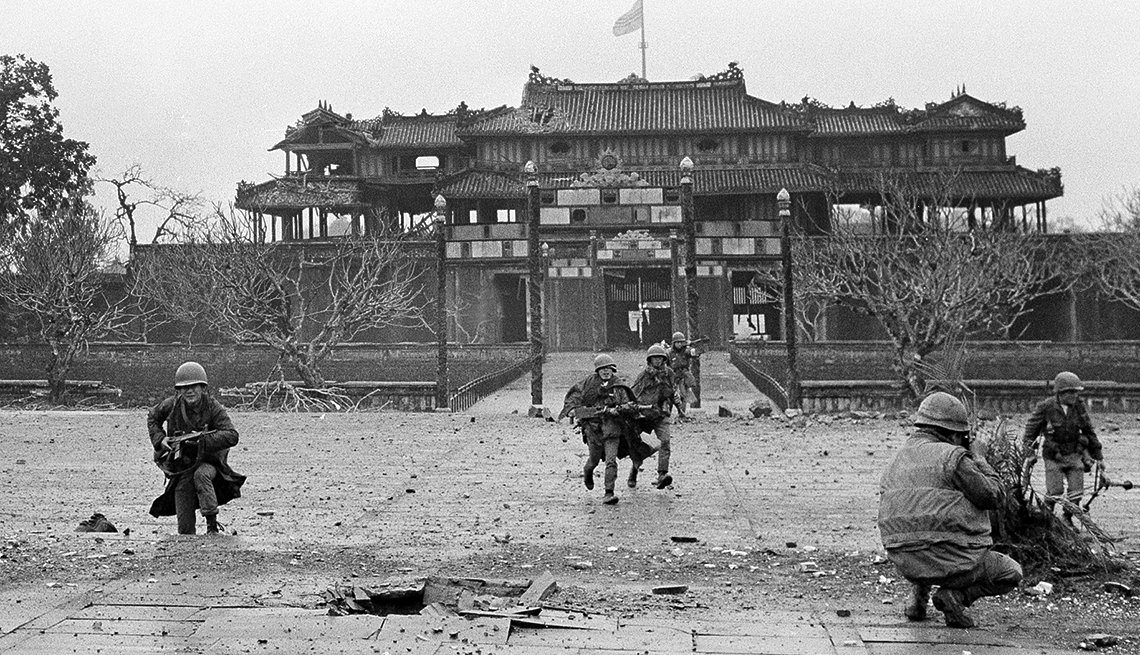
The TẾT offensive in 1968
The Imperial City was badly knocked about during fighting between the French and the Viet Minh in 1947. The place came under fire again in 1968 during the Tet Offensive. During the initial phases of the Battle of Hue, due to Hue’s religious and cultural status, U.S. troops were ordered not to bomb or shell the city, for fear of destroying the historic structures; but as casualties mounted in house-to-house fighting these restrictions were progressively lifted and the fighting caused substantial damage to the Imperial City. Out of 160 buildings only 10 major sites remain because of the battle, such as the Thai Hoa and Can Chanh palaces, The Mieu, and Hien Lam temples. The buildings that still remain are being restored and preserved.
When to visit?
This is an important historical site in Vietnam, you should not wear shorts when visiting palaces and temples. They require modest dress covering at least your legs and shoulders.
The imperial city is large area, so it takes you half a day or a day to visit. The entrance and the exits are different and far apart. However, multilingual signs are placed everywhere that will help you to conveniently visit.
Avoid Hue between October and December as it gets most of its rain from the northeast monsoon during that period. After that, January and February is the best time to visit Hue because pleasant weather.
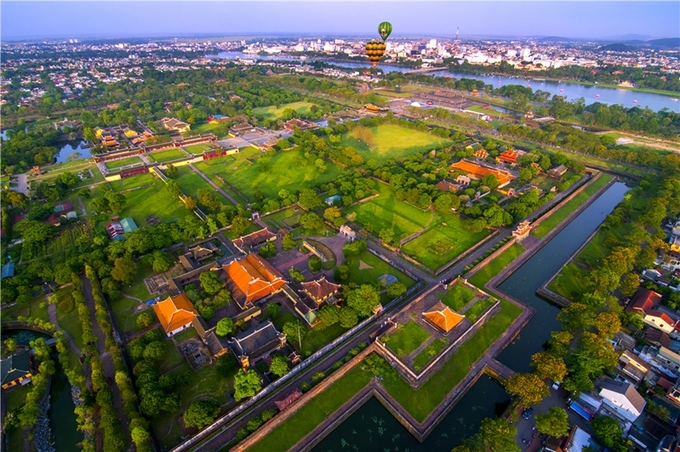
Here is some basic information, hope it help you on your journey in Hue. If you have any futher questions, please leave them in the comment section below, or contact to book a tour with JPTraveltime in Hue here.
(Justin Ngoc Pham)

